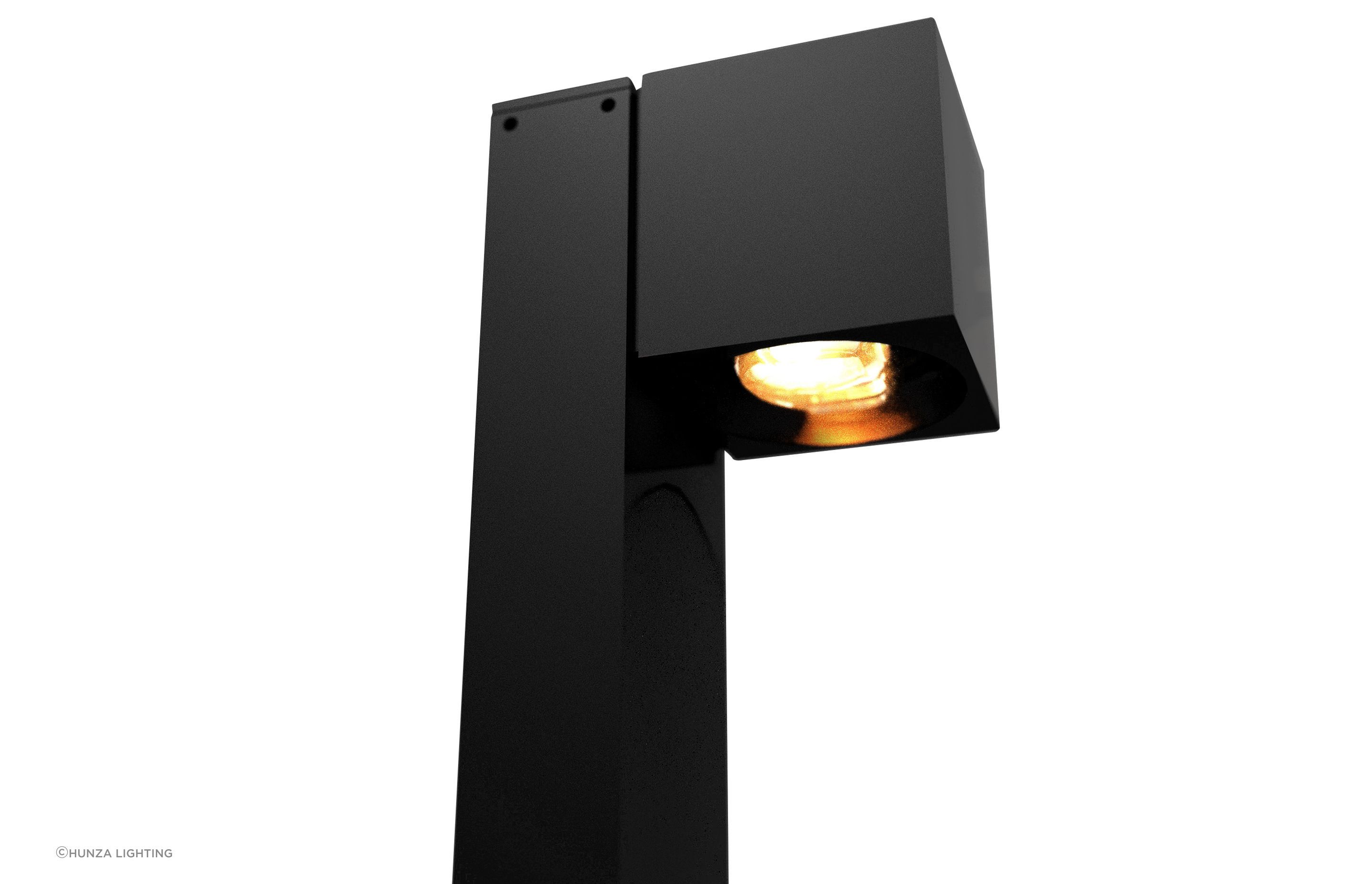Exterior lighting to minimise dark sky pollution
Written by
16 September 2024
•
4 min read

New Zealand is known for its beautiful flora, fauna and landscapes, and at nighttime, a new landscape comes into focus – the sky. Dark, clear skies across Aotearoa make stargazing an experience that attracts many, but light pollution threatens to change this.
DarkSky International is dedicated to changing this by restoring the nighttime environment by educating communities about light pollution and responsible lighting practices, advancing scientific research on the topic, and certifying the development of DarkSky-friendly outdoor lighting – a programme that allows communities, manufacturers, retailers and designers to evaluate and certify lighting equipment that won’t impact the night landscape.
“This programme aims to restore the nighttime environment and to protect the community from light pollution,” says Hunza Lighing’s Compliance Officer, Brian Huynh.
With sustainability and looking after the environment front of mind for Hunza Lighting, the brand is working to develop and certify a range of products under the DarkSky International programme.
There are multiple factors to consider when developing a new luminaire design – including safety, performance, and how it interacts with the environment around it.
“This last point is coming more into play now because the world is moving towards sustainability. There are a lot of places trying to get the status of a Dark Sky Reserve. Especially in New Zealand, we have a really beautiful environment; it’s really one of the most amazing places in the whole world. And so councils are particularly now very aware of this – they’re starting to consider how we can protect this heritage that we already have,” says Huynh.
“Consider Lake Tekapo in the South Island. It’s very beautiful with huge stargazing tourism. If they don’t pursue these kinds of certifications and approval programmes, then people can come and ruin the quality of the environment and what the location is known for.”
While programmes such as DarkSky International help preserve our view of the night sky in areas already recognised as a Dark Sky Reserve or International Dark Sky Sanctuary – such as Lake Tekapo within the Aoraki Mackenzie International Dark Sky Reserve, the Wairarapa Dark Sky Reserve, and Great Barrier Island – certifying DarkSky outdoor lighting helps improve light pollution everywhere.

What is light pollution?
Light pollution is the excessive or inappropriate use of artificial lighting – essentially, using light where it’s not required.
“The harmful effects of light pollution include the disruption of wildlife, it impacts human health, it can waste money and energy and contribute to climate change and it blocks our view of the universe. If there’s too much light in the city, you can't see the stars because you’re blinded by all these lights streaming down at you from above. So the DarkSky approval programme ensures the customer that when they buy a luminaire with that approval, the luminaire is certified by an independent third party stating that this light is certified to not contribute to light pollution and to prevent glare with reduced light trespass.”
Hunza’s DarkSky outdoor lighting
While DarkSky-certified products aren’t currently legislation, there is always the potential for this to change in the future. Either way, it’s something that benefits the community and the environment, and it’s a narrative Hunza is leading and working towards with the implementation of DarkSky outdoor lighting in its product range.
“One example we have developed under the DarkSky programme is an existing product called the Wayfinder,” says Courtney McLeod, Industrial Designer at Hunza Lighting. “We had a lighting designer come to us who liked this product and wanted to specify it in a project but asked if we were able to make it DarkSky suitable. To reach DarkSky certification, we reduced the five lumens of uplight from the Wayfinder’s original design to one lumen with some thorough product development.”
Improving this existing product and introducing the change as a design update, the Wayfinder has now been sent off for DarkSky certification. This is one of four existing product ranges that Hunza has applied to receive DarkSky approval. An additional list of 30-40 models which Hunza believes could potentially be suitable for approval has also been submitted.
“The criteria is very strict. Even though we have hundreds of products, some just simply would never be DarkSky-approved. For example, uplights can’t be certified and they also don’t allow movable luminaires,” says Huynh, with this rigorous criteria being taken into consideration when Hunza are designing new product ranges. The team is also actively working to improve existing products, as was done with the Wayfinder.
If you’d like to learn more about specifying DarkSky outdoor lighting, get in touch with Hunza Lighting to discover what’s possible.